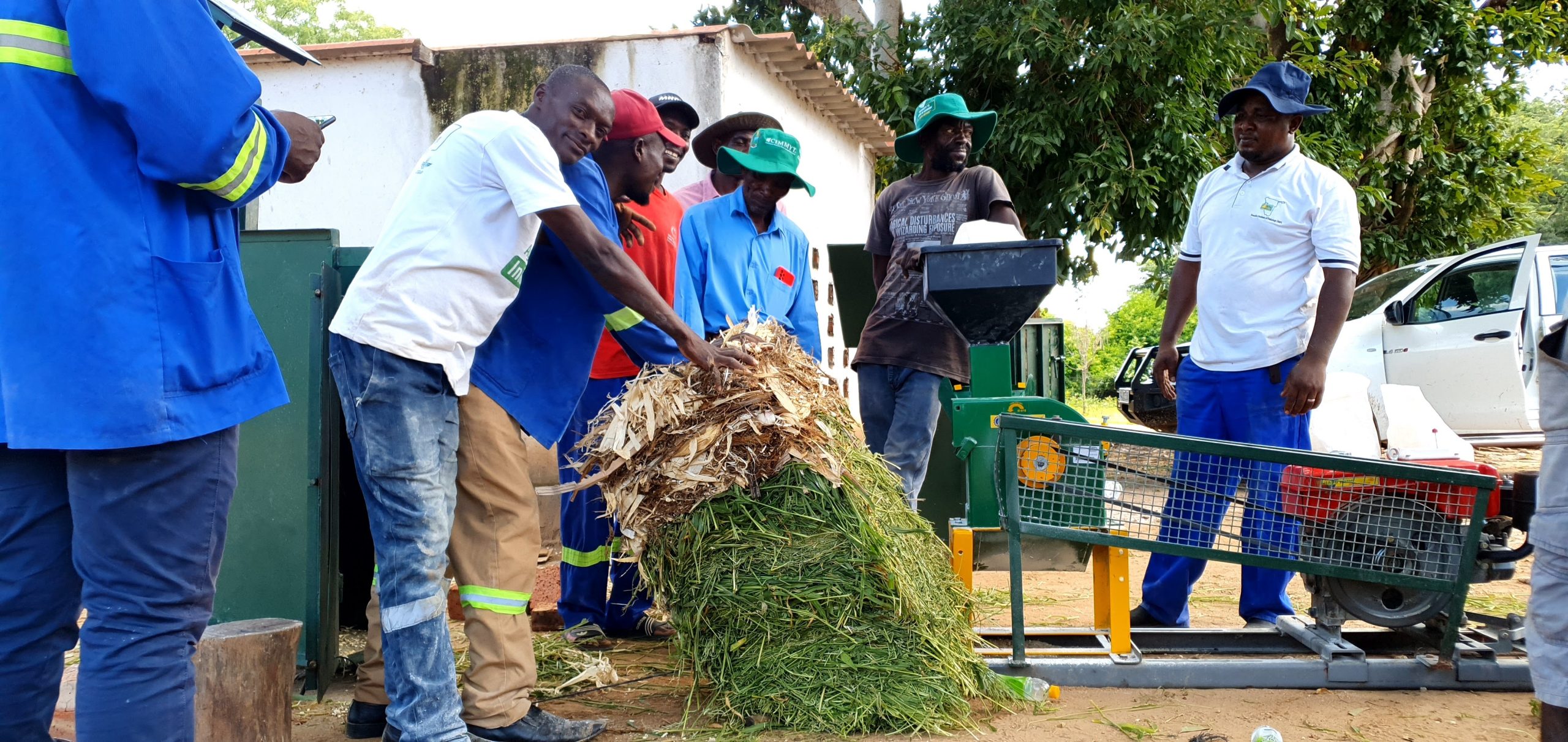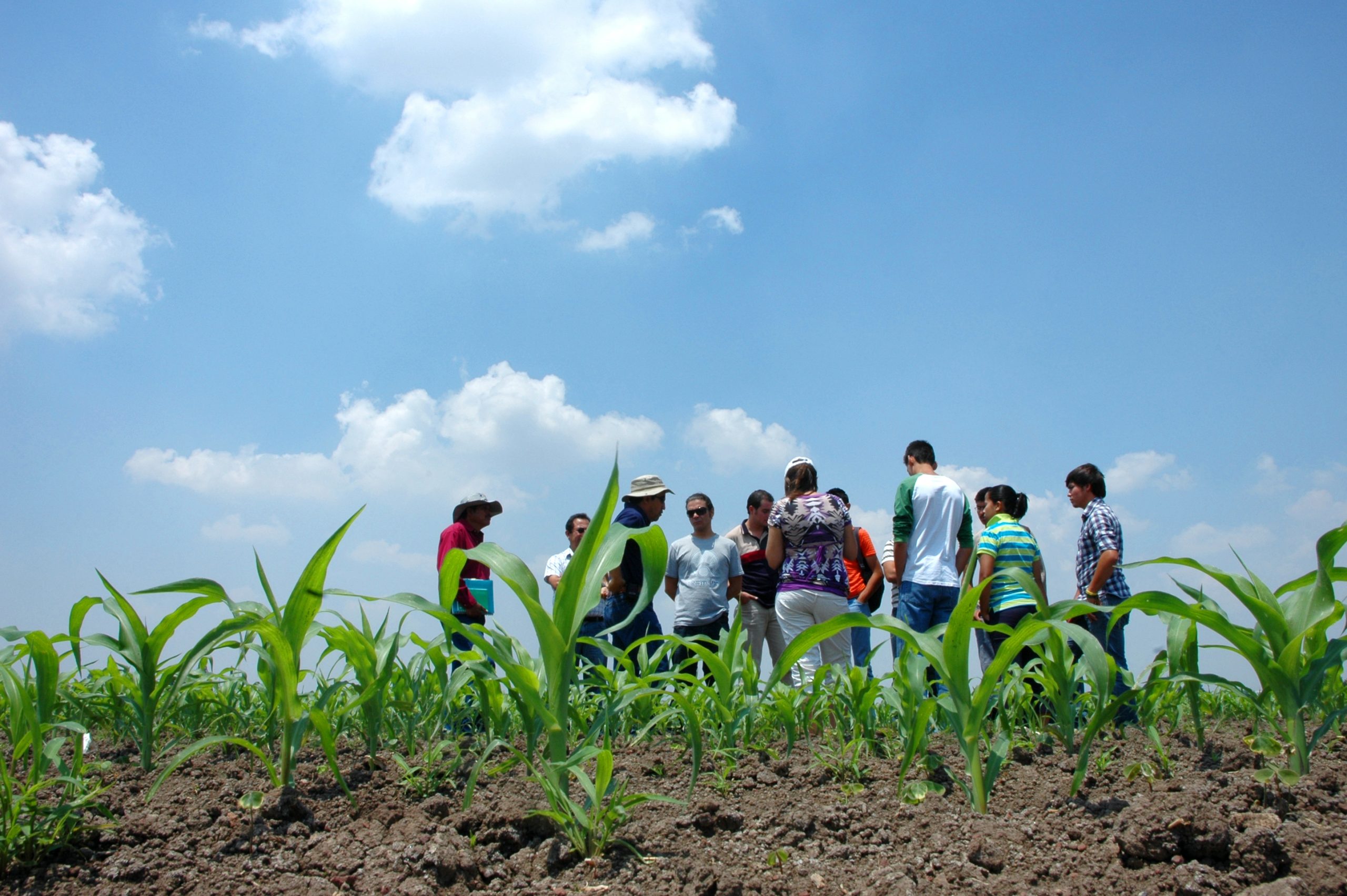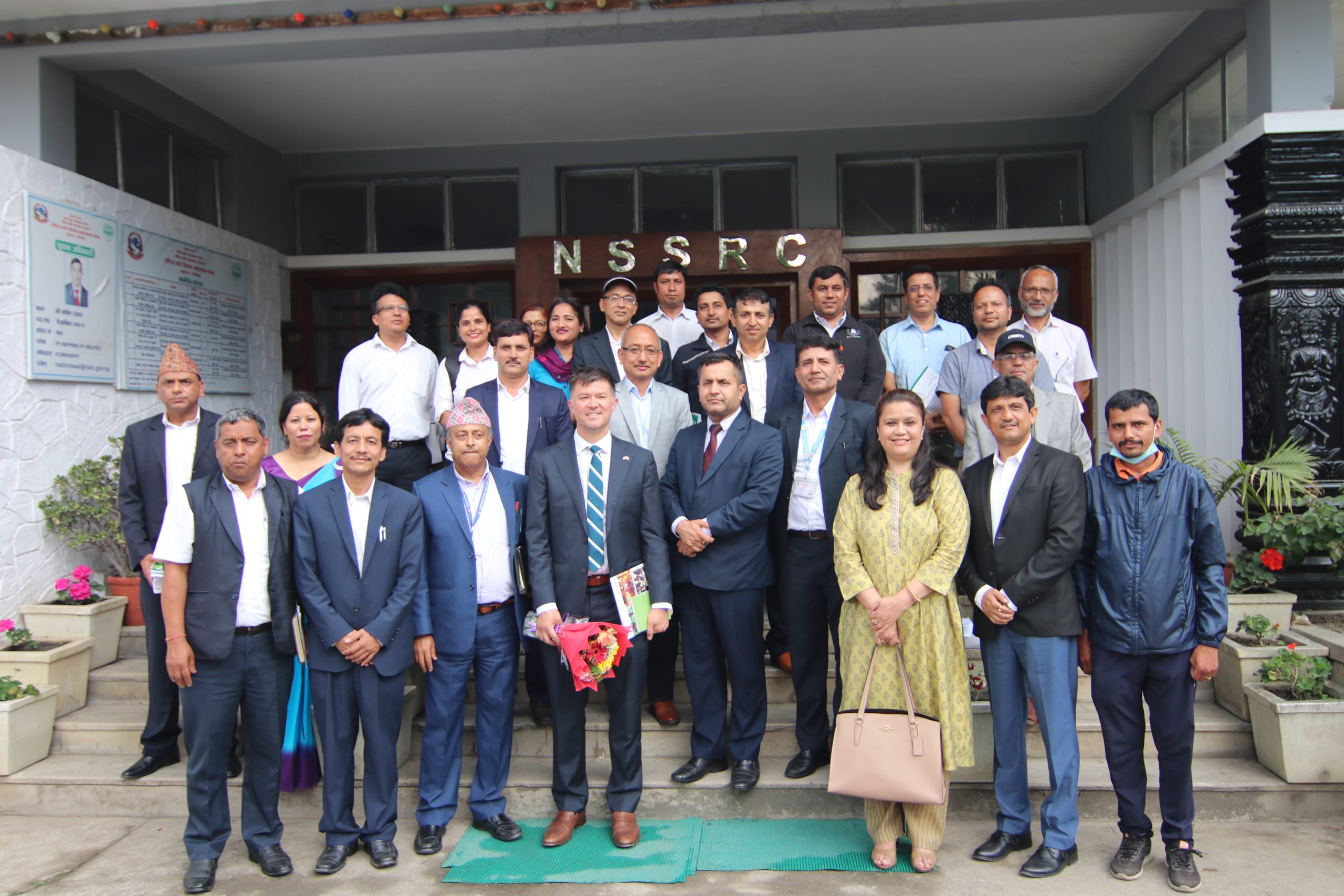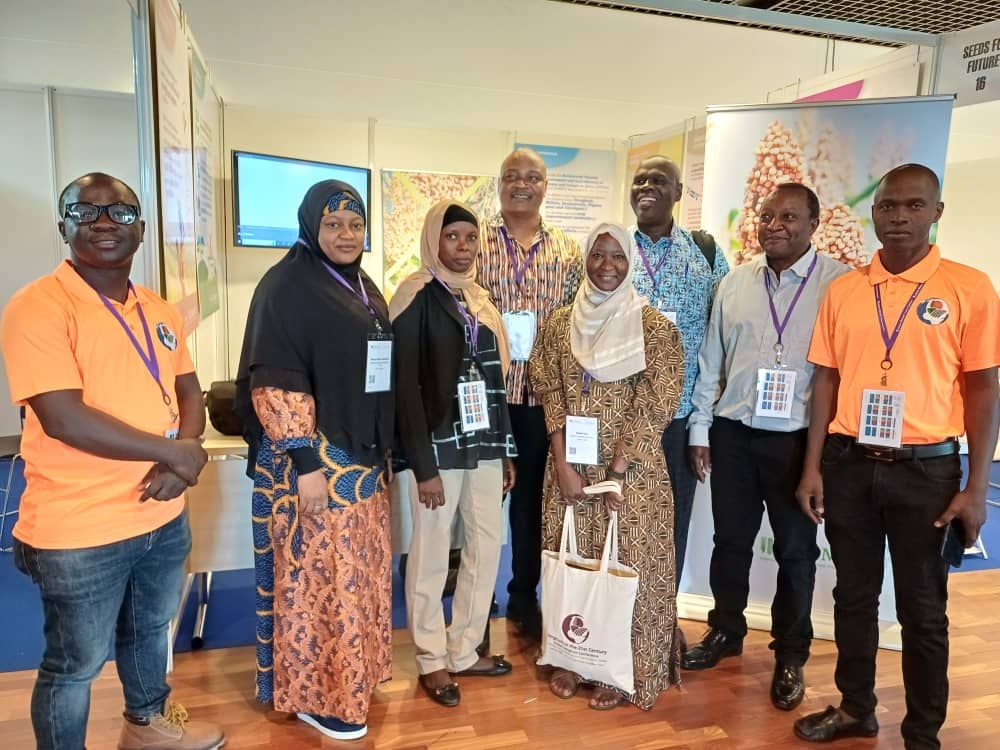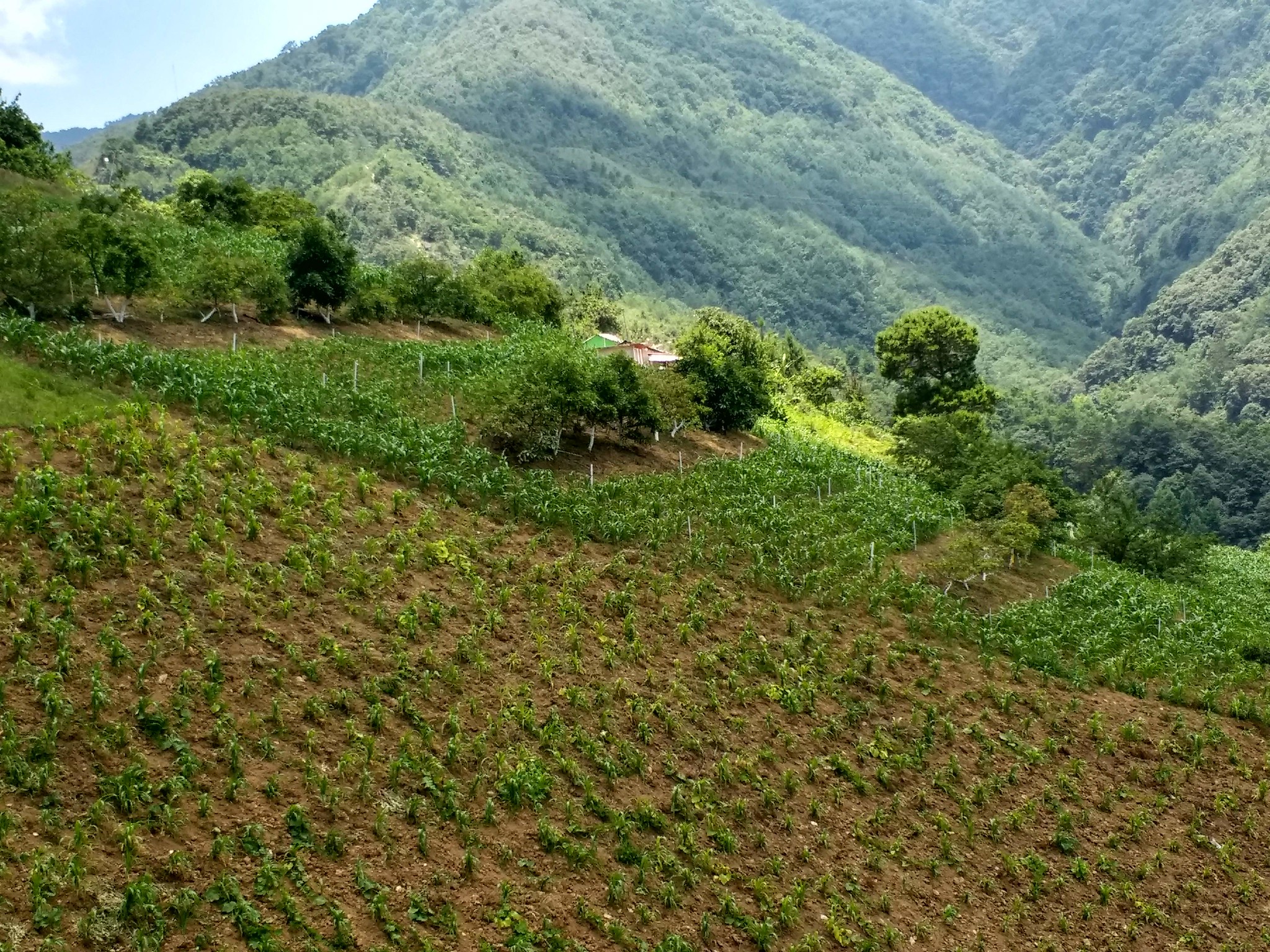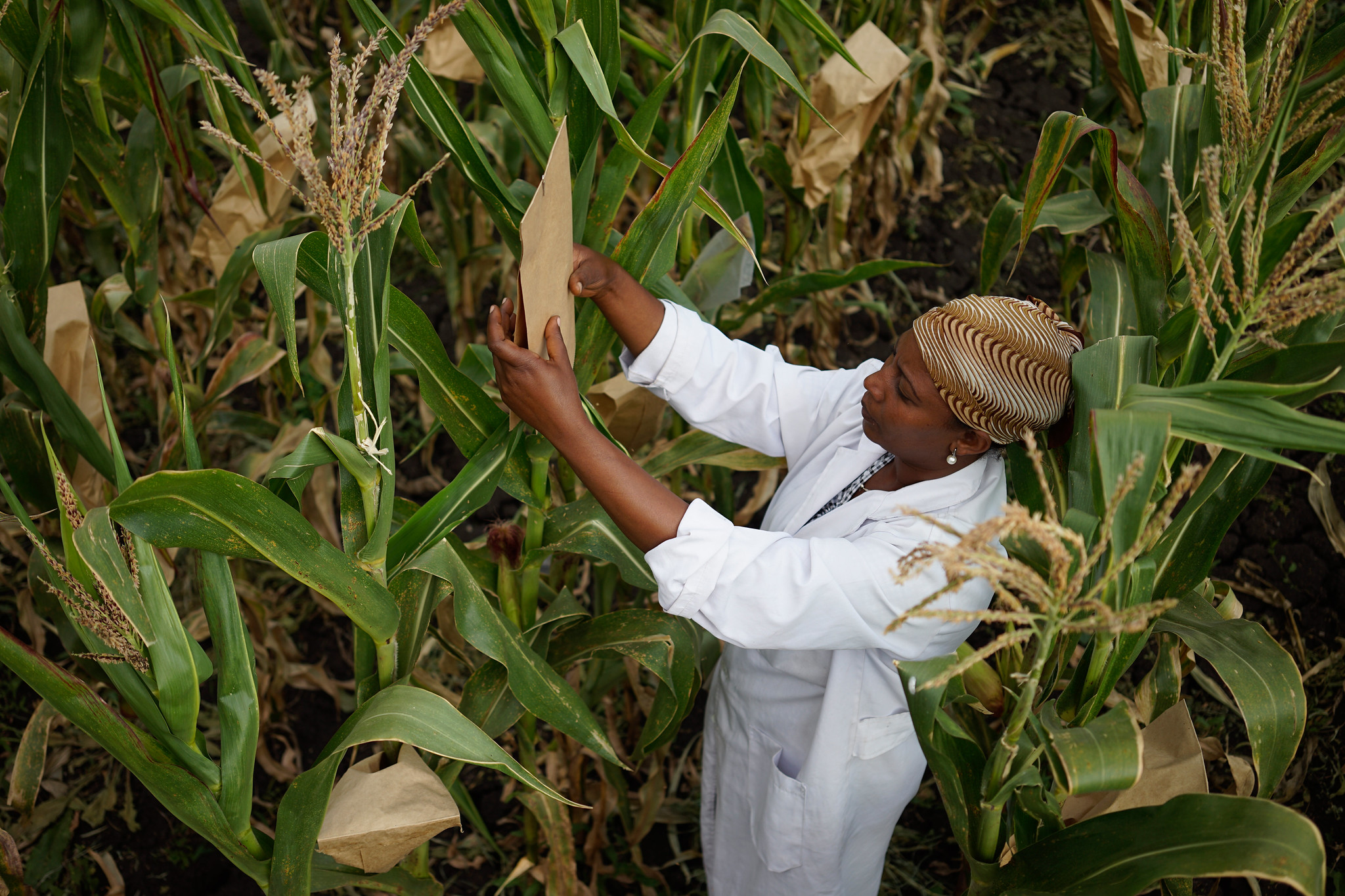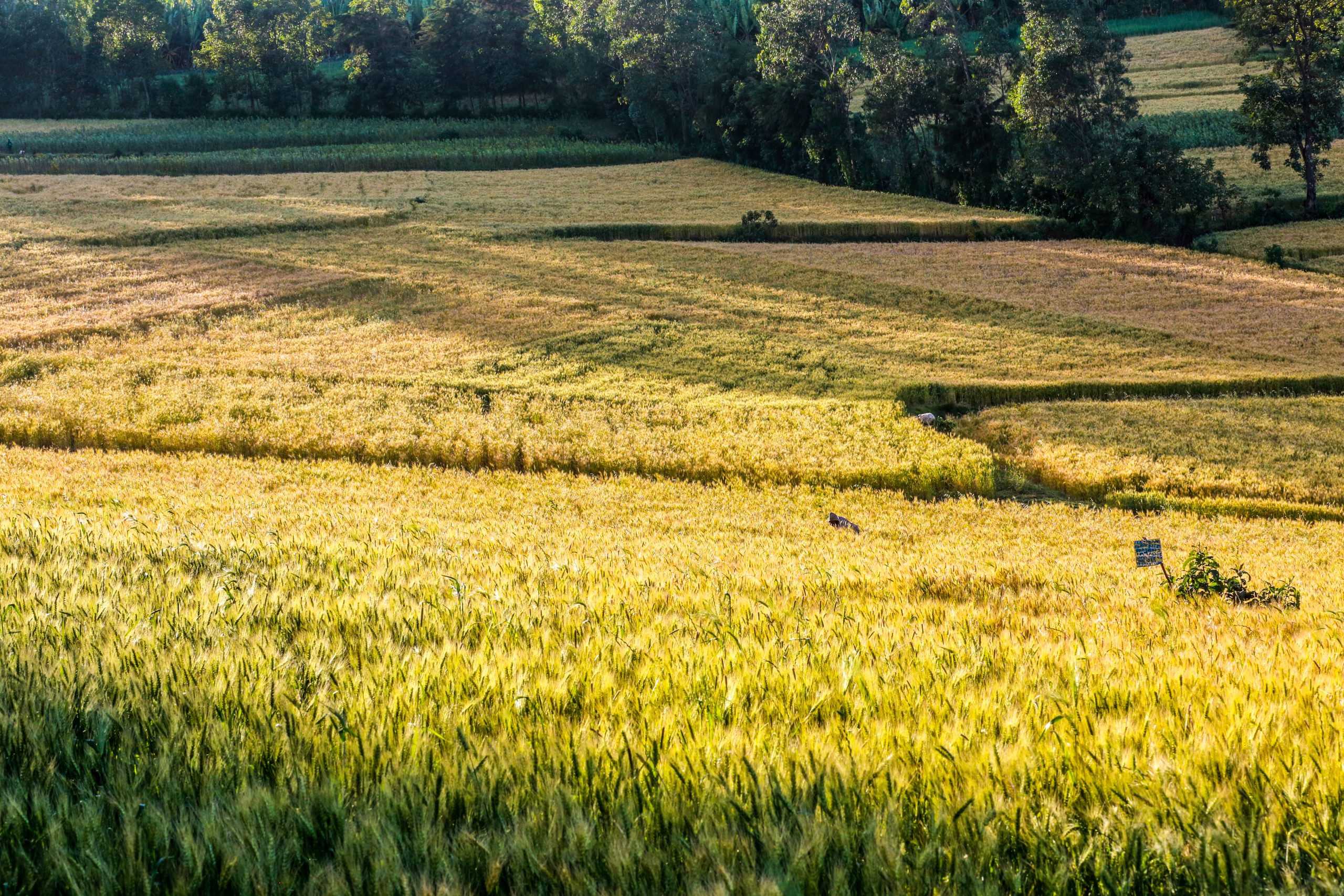Environmental health and biodiversity
The world needs better management of water, soil, nutrients, and biodiversity in crop, livestock, and fisheries systems, coupled with higher-order landscape considerations as well as circular economy and agroecological approaches.
CIMMYT and CGIAR use modern digital tools to bring together state-of-the-art Earth system observation and big data analysis to inform co-design of global solutions and national policies.
Our maize and wheat genebanks preserve the legacy of biodiversity, while breeders and researchers look at ways to reduce the environmental footprint of agriculture.
Ultimately, our work helps stay within planetary boundaries and limit water use, nutrient use, pollution, undesirable land use change, and biodiversity loss.
Climate Adaptation Atlas will support evidence-based solutions in Sri Lanka
 Climate adaptation and mitigation
Climate adaptation and mitigation
Atlas crucial to strengthen Nepal’s capacity to cope with climate change
 Climate adaptation and mitigation
Climate adaptation and mitigation
A new Climate Adaptation Atlas to safeguard South Asian agriculture
 Climate adaptation and mitigation
Climate adaptation and mitigation
Appropriate farm scale mechanization can aid in agroecological transformation
 Environmental health and biodiversity
Environmental health and biodiversity
The CGIAR Initiative on Agroecology is at the forefront of providing science-based evidence for the transformative nature of agroecology and its potential to bring about positive changes in food, land, and water systems in Zimbabwe.
Protected: Food security and income generation with eco-friendly sustainable practices in the natural reserve Cañón del Sumidero (Phase II)
 Environmental health and biodiversity
Environmental health and biodiversity
There is no excerpt because this is a protected post.
Technology can boost farming in Africa, but it can also threaten biodiversity – how to balance the two
 Environmental health and biodiversity
Environmental health and biodiversity
Source: The Conversation (14 Jul 2023)
CIMMYT researcher, Frédéric Baudron and researchers in economics, agronomy and ecology emphasise the importance of biodiversity-smart agricultural strategies in Africa.
Government of Nepal adopts new fertilizer recommendations
 Environmental health and biodiversity
Environmental health and biodiversity
Nepal announces new fertilizer recommendations adapted to local soils for increased crop productivity, income generation, and efficient fertilizer use.
Unveiling the potential of sorghum to shape sustainable agriculture
 Environmental health and biodiversity
Environmental health and biodiversity
Sorghum Conference brought together researchers, scientists and experts from around the world.
Three sisters and 120 sweet potatoes: Mexican farmers embrace Maya traditions
 Environmental health and biodiversity
Environmental health and biodiversity
Source: The Guardian (10 Jul 2023)
Maíz Criollo Kantunil, a group of farmers and agro-ecologists, has successfully reintroduced three varieties of native maize using seeds supplied by the International Maize and Wheat Improvement Center (CIMMYT).
Scientists Urge Shifting More Nitrogen to Low-Input Farms and Better Use on High-Yield Farms
 Environmental health and biodiversity
Environmental health and biodiversity
Source: Seed Today (5 Jul 2023)
Integrated management of organic and inorganic nitrogen sources in high- to low-yield cereal production could bring yearly savings in nitrogen fertilizer. “Spatially differentiated nitrogen supply is key in a global food-fertilizer price crisis.”
Regenerative Agriculture Boosts Second Green Revolution
 Capacity development
Capacity development
Source: Mexico Business News (29 Jun 2023)
In Mexico, there are different examples of regenerative agriculture projects led by international organizations, such as CIMMYT’s partnership agreement with Nestlé and Bimbo that have helped rural communities to improve their productive processes through regenerative farming practices.
Scientists urge shifting more nitrogen to low-input farms and better use on high-yield farms
 Environmental health and biodiversity
Environmental health and biodiversity
Improving the distribution and use of nitrogen fertilizer — skewed by price hikes and outdated subsidies — can raise maize, wheat, and rice production in Africa and South Asia, while saving on fertilizer and addressing both food security and climate crisis concerns, a new study finds.
Milestones achieved in rust research
 Environmental health and biodiversity
Environmental health and biodiversity
Source: AgNews (19 Jun 2023)
CIMMYT, in collaboration with the ACRCP, widened the pool of resistance genes available to wheat breeders as part of a project phase to understand the interactions between rusts and their cereal hosts.
Protected: Maize genetic breeding program for Colombia
 Environmental health and biodiversity
Environmental health and biodiversity
There is no excerpt because this is a protected post.
CIMMYT at the Group of 20
 Environmental health and biodiversity
Environmental health and biodiversity
At the recent G20 MACS, CIMMYT endorsed joint agricultural research and innovative partnerships to address global challenges facing agrifood systems through a multi-crop and multi-disciplinary approach.



